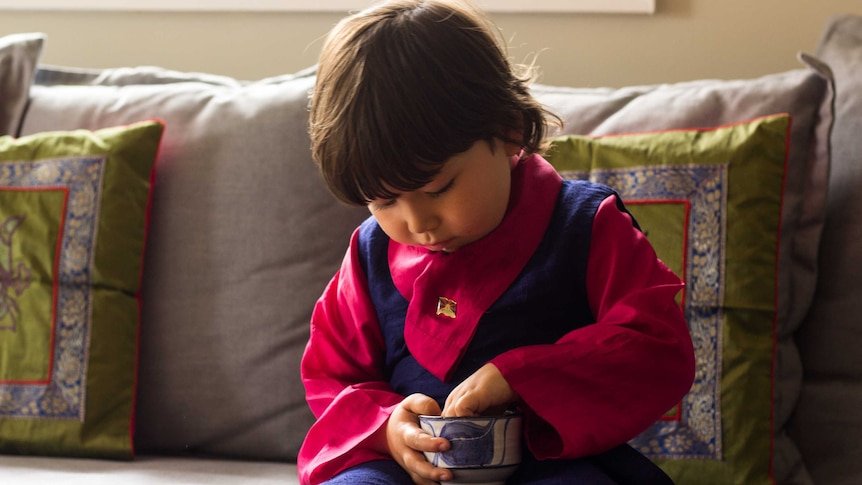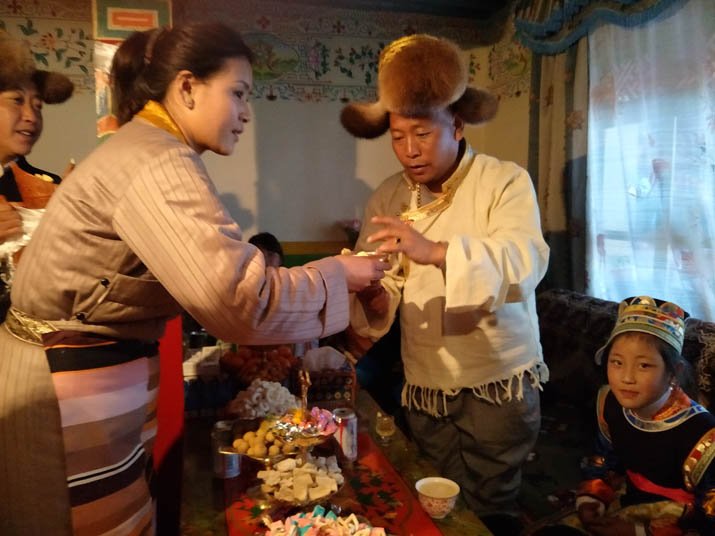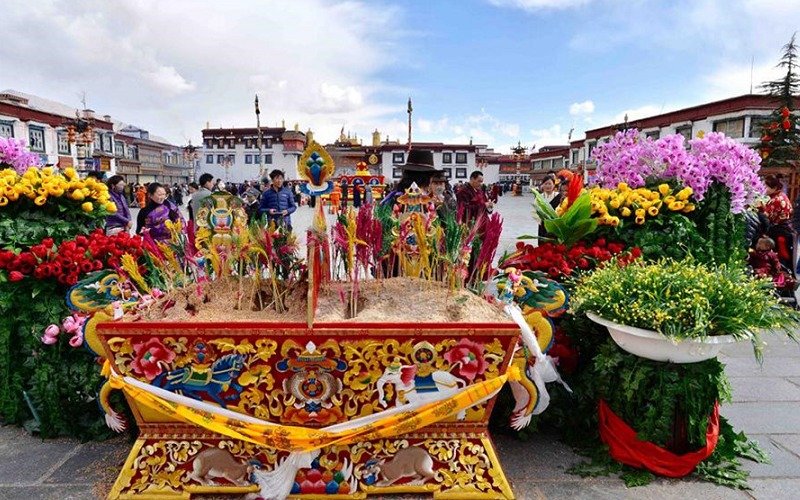Celebrating Tibetan New Year with Traditional “Kasai”: A Taste of Lhasa’s Festive Markets

In the heart of Lhasa, the capital of Tibet, the vibrant hues and bustling energy of the Tibetan New Year festivities fill the air. Amidst the joyous celebrations, the local markets transform into a kaleidoscope of colors, aromas, and traditional flavors, with “Kasai,” a time-honored Tibetan delicacy, taking center stage.

Kasai, meaning “fried food” in Tibetan, is an integral part of Tibetan culinary heritage, deeply ingrained in the New Year traditions. In the weeks leading up to Losar, the Tibetan New Year, families and communities come together to prepare this crispy, savory delight.

The process of making Kasai is a labor of love, starting with the selection of the finest ingredients. A blend of barley, wheat, and pea flour forms the base of Kasai, kneaded into a smooth dough and left to rest for hours. The dough is then skillfully shaped into intricate designs, resembling flowers, animals, or auspicious symbols, using a special Kasai mold.
Once shaped, the Kasai is meticulously fried in a cauldron of hot oil, releasing a tantalizing aroma that permeates the air. As the Kasai emerges from the oil, its delicate exterior transforms into a golden brown hue, while the inside remains soft and fluffy.
The artistry of Kasai extends beyond its shape and texture. Each piece is adorned with colorful embellishments, such as sesame seeds, poppy seeds, or dried fruits, adding a visual appeal to the culinary masterpiece. The resulting creation is a testament to the artistry and passion of Tibetan culinary traditions.
During the New Year festivities, Kasai holds a special place at the heart of every Tibetan family’s celebration. It is served as a delicacy alongside other traditional dishes, symbolizing abundance, prosperity, and good fortune in the year to come.
In the bustling markets of Lhasa, vendors display their finest Kasai creations, attracting locals and tourists alike. The air is filled with the chatter of bargaining, the clinking of coins, and the laughter of families bonding over the shared experience of purchasing this special treat.
The streets are adorned with colorful prayer flags, and the sound of traditional Tibetan music reverberates through the air, creating a festive ambiance that enhances the joy of the New Year celebration. The markets become a melting pot of cultures, where Tibetans and visitors from across the globe come together to embrace the spirit of Losar.
As the New Year dawns, families gather around tables laden with Kasai and other delicacies, sharing stories, laughter, and blessings for a prosperous year ahead. The tradition of Kasai during Tibetan New Year extends beyond mere culinary delight; it embodies the essence of Tibetan culture, heritage, and the hope for a bright and prosperous future.

















